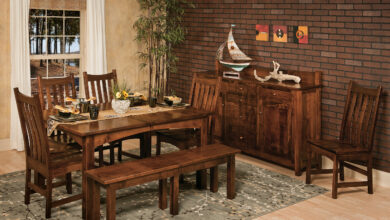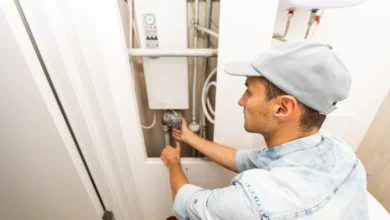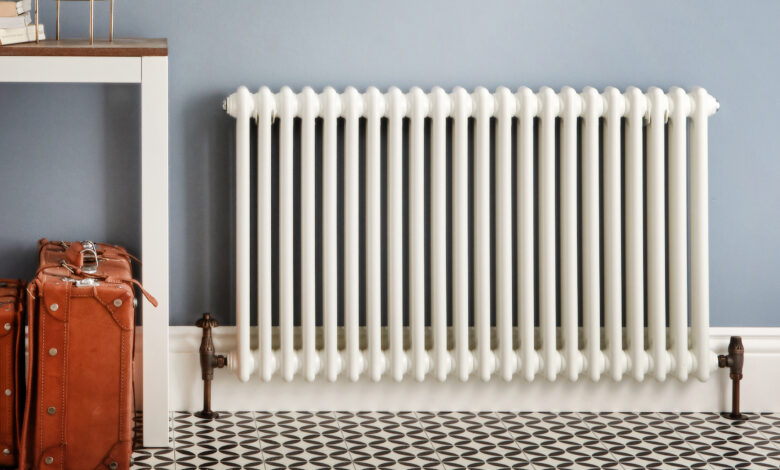
5 Mistakes to Avoid When Buying New Radiators – 2024 Guide
A radiator isn’t something you’d buy frequently. For most people, it’s a once-in-a-decade (or more) shopping experience. It’s a product area you are never really supposed to focus on or know what the latest must-have items are. This makes it something of an anomaly in our homes, as it can be something we rely on every day to work flawlessly.
Imagine not knowing how your cooker or shower worked. It would seem silly, wouldn’t it? So why do we act the same when it comes to radiators, an item found in almost every room. Buying a radiator should be simple, yet it is easier to make a mistake than get everything right. What can anyone do to ensure they get the right radiator for their home? Well, I can tell you what NOT to do and what to look for out.
Here are five common mistakes you will want to avoid when buying a radiator and how to make things work in your favor.
1. You’ve sized it completely wrong
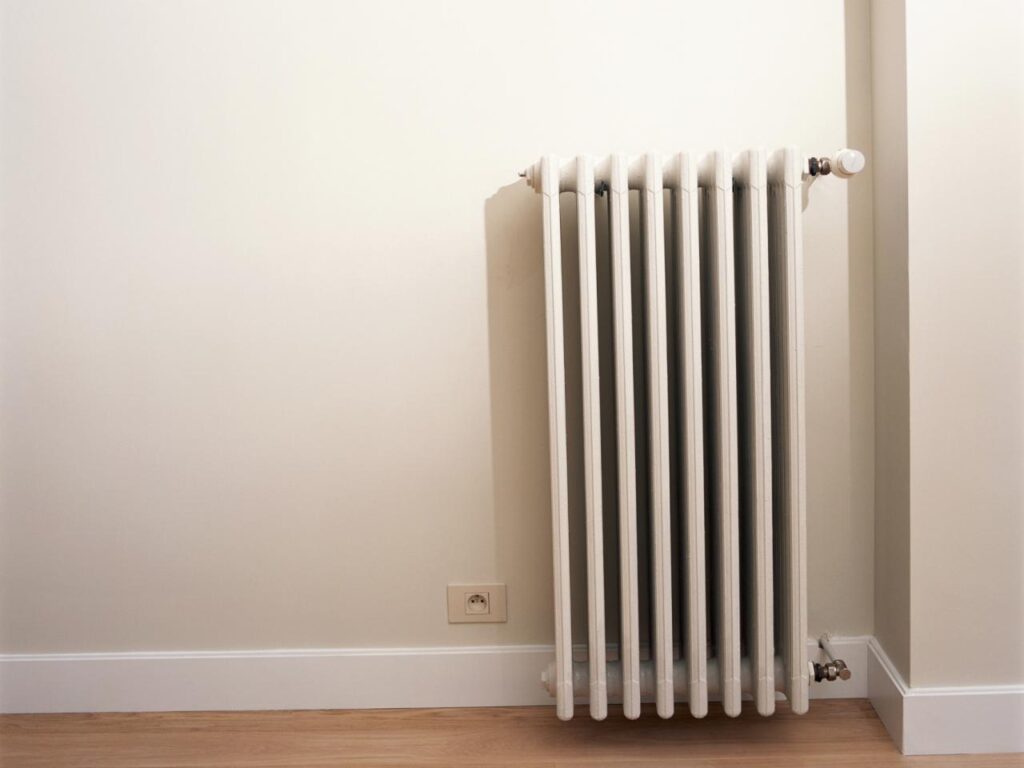
You’ve had a radiator in a room for years now, and it suddenly goes on the blink. It has gone way beyond its expected lifespan, and now is the time for a new radiator. If you have space, you may be tempted to get a bigger one or possibly downsize to give yourself back some precious inches of wall space.
Don’t make the mistake of buying a radiator that is the completely wrong size. They are not like for like when buying two products of the same size. Factors like pipework, design and material (which I’ll get to later) all affect the final heat output and efficiency of a radiator. Visit https://www.radiatoroutlet.co.uk to know more.
Find those that match your existing heat requirements for a room and work from there. And if you have suddenly realized you do not know what your heating requirements are, grab a tape measure, search for a Heating Calculator online, and figure it out in a few minutes.
2. You forgot valves
Imagine buying a new door and forgetting to choose handles. Imaging buying a fancy new sink for the kitchen without getting taps. Both things seem silly, but it happens a lot when people buy radiators. Their valves will help you give the degree of control (or freedom) you want from choosing heat output to deciding when you want radiators on (when looking at smart valves).
Never forget to double-check if you need valves, especially if you are going for a certain style or color with a new radiator. Forget to buy valves, or choose the wrong color, and your radiator installation could look like it has odd socks on the bottom.
3. You don’t buy where the professionals buy
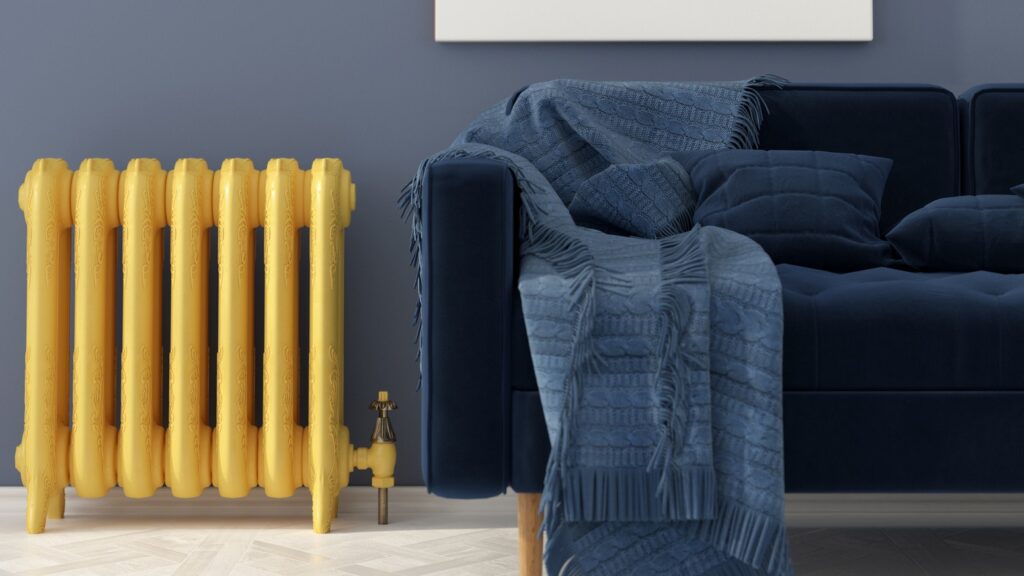
When you go to a big DIY store to buy paint, textiles, wooden flooring, etc., what’s one thing you don’t see much of? Professionals. While a big name store is easiest for me and you to use, those well versed in the world of radiators will venture elsewhere to find them and heating products at trade prices.
Going back to what I said about radiators being an infrequent purchase, you could look at one in a normal store and think, “wow, this is a bit dear, isn’t it?”. Plumbers and decorators avoid such thoughts by going to trade stores where they frequently buy and in bulk. These trade stores aren’t exclusive by any stretch of the imagination. In fact, you can visit them by opening a new tab in your browser just now.
For example, check out traderadiators.com to see what you can find comparing your ideal radiator from a big name store with somewhere that professional tradespeople buy radiators from respected brands. And speaking of brands, you shouldn’t be expected to know the names of radiator brands in the same way you would for TVs or kitchen appliances, so don’t feel overwhelmed.
4. You got the angles wrong
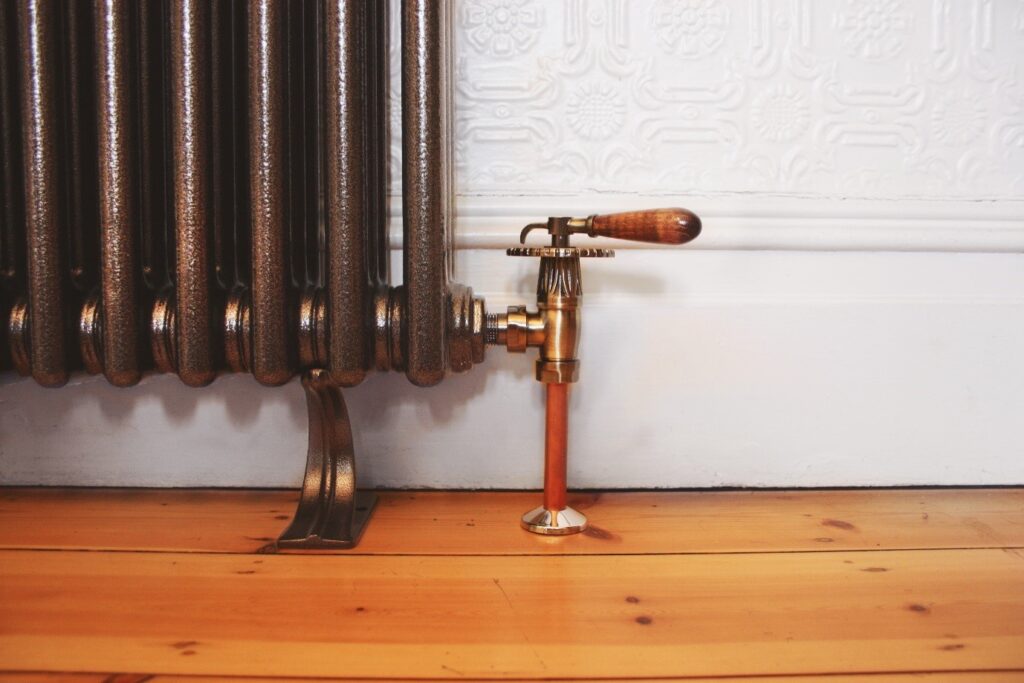
They either connect to pipes at 90° or straight up from the floor, so how can you get the angles wrong? Much like choosing the right type of valve for heating functions, you never want to make the mistake of buying a valve that is angled incorrectly. How can this be possible?
In the majority of cases, your pipes come directly out of the floor to meet the radiator. If you have something like a towel rail, it’s a given you need a straight connection from the pipe to the radiator. If you have a traditional radiator, the pipes come straight up and have to make a 90° angled connection with the radiator; therefore, you need to have angled valves to join everything together.
The simple mistake people make is when pipes come out of the wall from a height. Yes, they still need to make the right angle to meet the radiator, but this is not an angled connection. What you’re looking at is a corner connection. They’re essentially the same exact type of connection, just on different axes. Thankfully, most corner valves and angled valves can be used interchangeably with a simple rotation. Still, they may be cumbersome to use if you have a handle that becomes harder to use when changing angles.
Always double-check which angle you need before shopping for a radiator valve.
5. You chose the wrong material
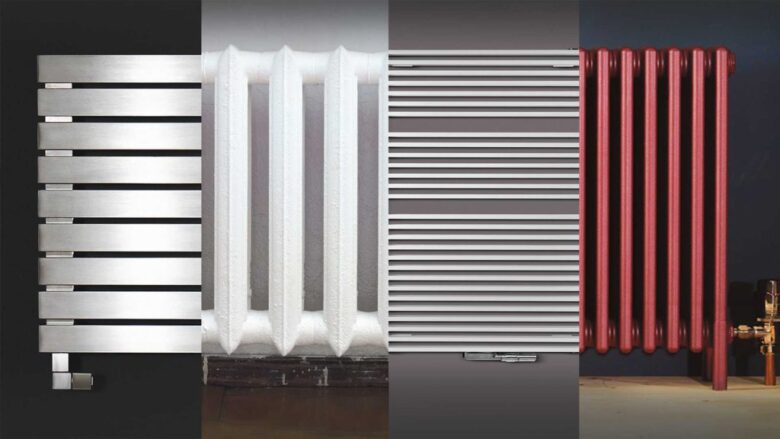
Do you know what your radiators are made of? If you’re sitting at home right now and are looking directly at a radiator, it would be fair to assume you wouldn’t have a clue what material it is made from. In most cases, domestic radiators are made from steel or stainless steel, as it is the cheapest and most resilient material to make radiators from.
Some may be made from aluminum, which is more expensive. Aluminum radiators are a lighter material, so without taking the radiator off the wall, how would you know what yours is made from? Go grab a fridge magnet. If it sticks, you have steel. If it doesn’t, you should have aluminum. But how can someone choose the wrong material for a radiator?
Aluminum radiators are typically reserved for rooms and large spaces you need to heat quickly and not necessarily for long periods. Aluminum is a faster conductor of heat, so it has no trouble bringing a room up to temperature. It is ideal when heating is needed for short periods in a spare room, home office, or little lounge.
Otherwise, you’re better off sticking with steel when radiators need to be on for longer periods.
There you have it—some mistakes you want to watch out for when buying radiators. Hopefully, they can provide some clarity which makes your next purchase easier than ever.



